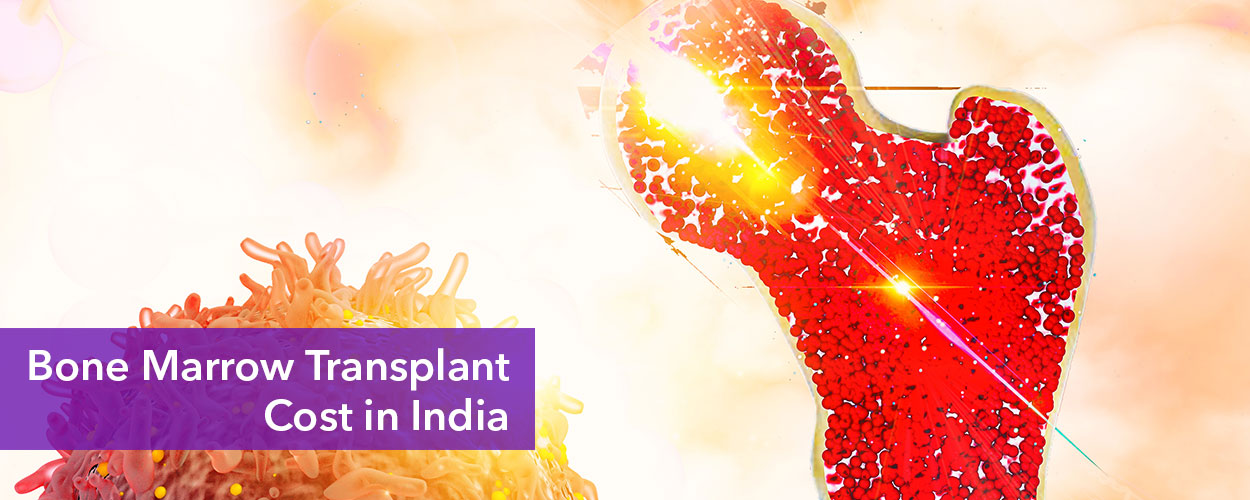Types of Thalassemia
The four categories of thalassemia are trait, minor, intermedia, and major, depending on how severe the condition is. These labels indicate a spectrum in which the presence of a thalassemia trait is associated with moderate anaemia symptoms or no symptoms at all. It’s possible one doesn’t need medical assistance. The most severe kind, thalassemia major, typically needs continuous care.
Thalassemia is classified into two types:
Alpha thalassemia: In the case of alpha thalassemia, one inherits two of the four genes—two from each parent—that code for alpha globin protein chains. Gene defects cause alpha thalassemia in one or more cases. The risk of developing anaemia and the severity of its symptoms depends on the number of faulty genes you inherit.
The number of faulty genes one inherits will decide whether or not you have anaemia and, if you do, how severe the symptoms are.
- You won’t get symptoms if one alpha gene is damaged or absent. This condition is also known as alpha thalassemia minima.
- If you have two faulty or absent alpha genes, your symptoms will probably be minimal. Alpha thalassemia minor is another term for it.
- If you have three damaged or absent alpha genes, you will likely have mild to severe symptoms. This illness is also known as haemoglobin H disease.
- Usually, four faulty or absent alpha genes cause death. If a newborn is fortunate enough to survive, it will probably require blood transfusions for the rest of their lives. Haemoglobin Barts-associated hydrops fetalis is another term for this illness.
Alpha thalassemia subtypes include:
- Silent carriers: Individuals classified as “silent” carriers have one copy of the mutated gene. They usually don’t show any symptoms and don’t require any care. The thalassemia genetic alterations can still be passed down to offspring by silent carriers.
- Alpha thalassemia trait: This condition is present in individuals who carry two mutated copies of the affected gene. Although they are usually asymptomatic and do not require therapy, they may have mild anaemia. Nonetheless, the genetic alterations can be inherited by their progeny. People with alpha thalassemia trait who are of childbearing age should ask their partners to be tested and receive genetic counselling. By taking these steps, you can assess your child’s chance of having a more severe condition.
- Haemoglobin H (HbH) disease: A substantial decrease in alpha-globin can result from three deleted gene copies. Then, haemoglobin H—an uncommon form of haemoglobin—develops. Individuals may experience mild to moderate symptoms and, in certain situations, need blood transfusions.
- Major beta-thalassemia: When all four gene copies are involved, this subtype emerges. Severe, potentially fatal problems with alpha thalassemia occur during foetal development. Thanks to recent advancements in medical technology, blood transfusions can now be initiated while a woman is still a foetus. This breakthrough has enabled newborns to survive and receive lifelong treatment. Finding couples at risk for alpha thalassemia major is crucial. Early detection makes it possible to receive treatment in the womb, early foetal screening, and genetic counselling.
Beta thalassemia: When one has beta thalassemia, the heta-globin gene comes from both parents. The number of faulty genes and the location of the deficiency in the beta-globin protein chain determine the anaemia symptoms and the severity of the disease.
One defective or missing beta gene: If one beta gene is absent or faulty, your symptoms will be minimal. This illness is also known as beta thalassemia minor.
Two defective or missing beta genes: You will have mild to severe symptoms if you have two faulty or absent beta genes. Thalassemia intermedia is the term for the moderate form. Cooley’s anaemia, also known as beta-thalassemia major, is a more severe form of the disease caused by two gene mutations.
The following scenarios involve inheriting beta-thalassemia:
- Beta thalassemia minor (beta thalassemia trait): A person with beta thalassemia minor, also known as beta thalassemia trait, receives one altered gene copy from one parent. These people typically exhibit normal growth and development and show no symptoms. In most cases, no treatment is required.
- Beta thalassemia intermedia: A person with beta-thalassemia intermedia inherits one altered gene copy from each parent. The degree of the alterations determines the symptoms and complications. They can be as mild as not requiring blood transfusions or as severe as those that do, in which case transfusions help avoid complications and enable the patient to recover and thrive.
- Beta thalassemia major: This variant causes a more severe deficiency or absence of beta-globin, even though it also affects both gene copies. Additionally, it results in more severe symptoms that frequently impact young children. For beta-thalassemia, a long-term treatment regimen including frequent red blood cell transfusions is essential. Nevertheless, iron overload and other organ complications are also brought on by these transfusions. Frequent examinations, iron load monitoring, and specialized therapies like chelation therapy are necessary to address these side effects.











